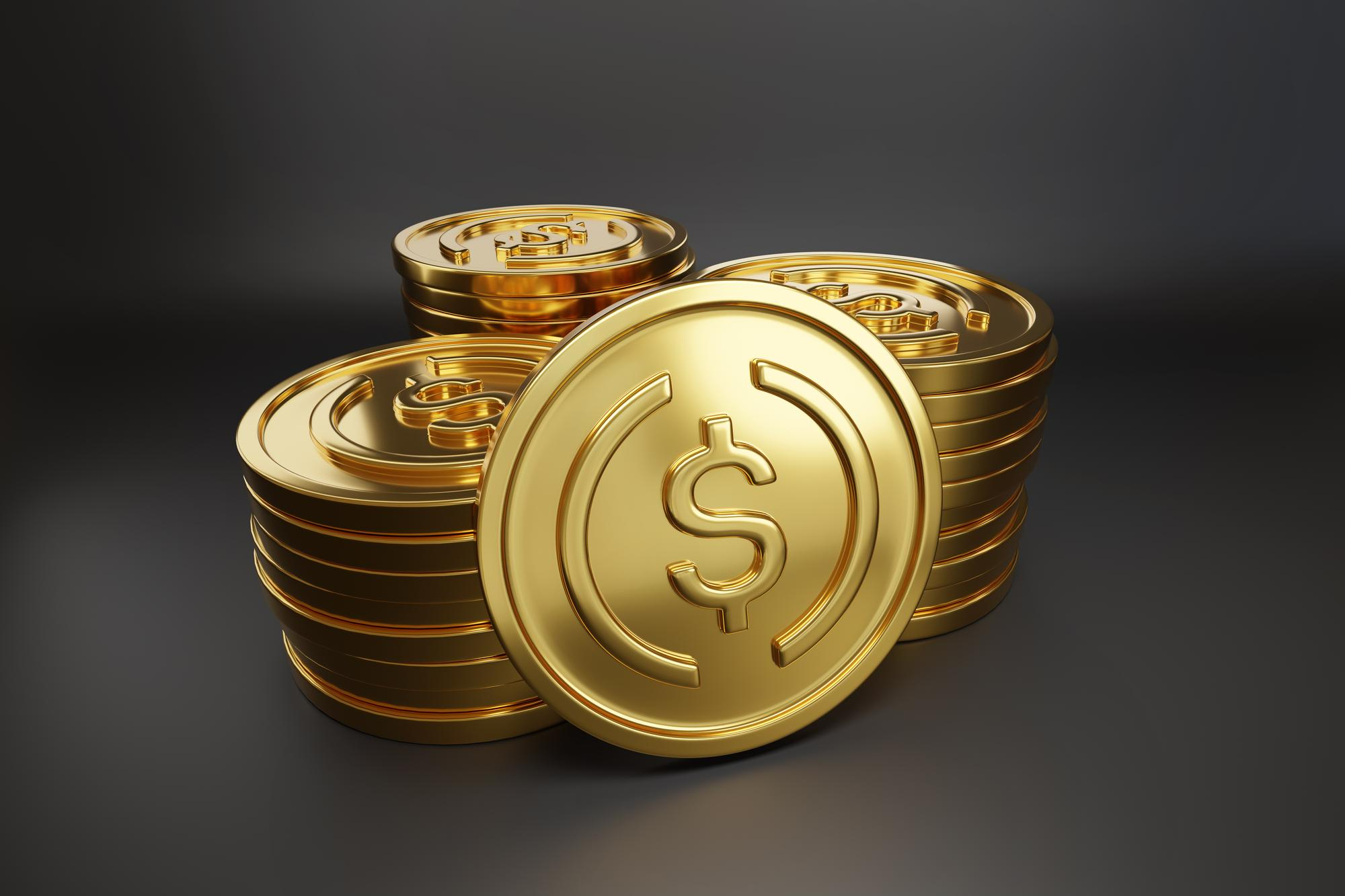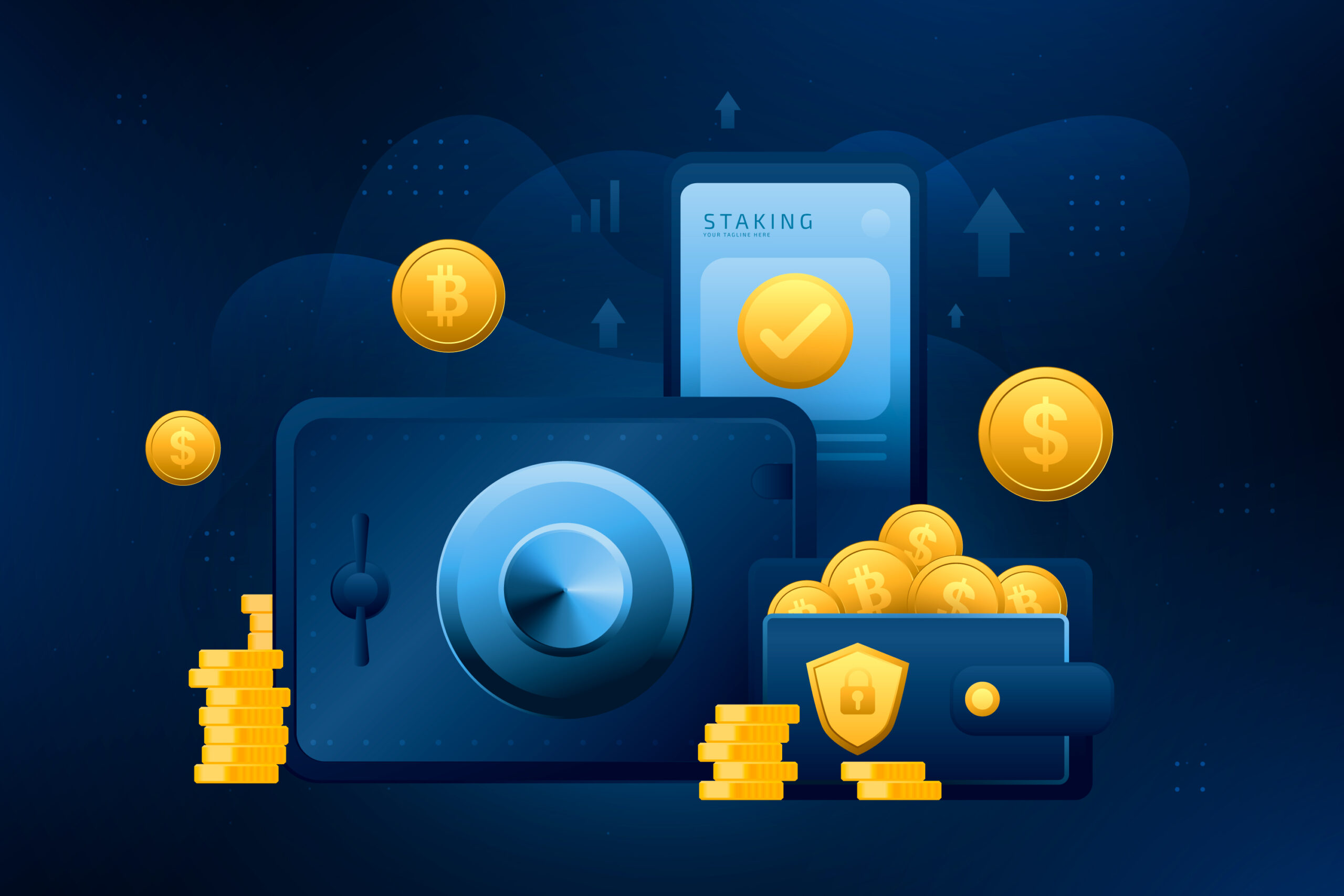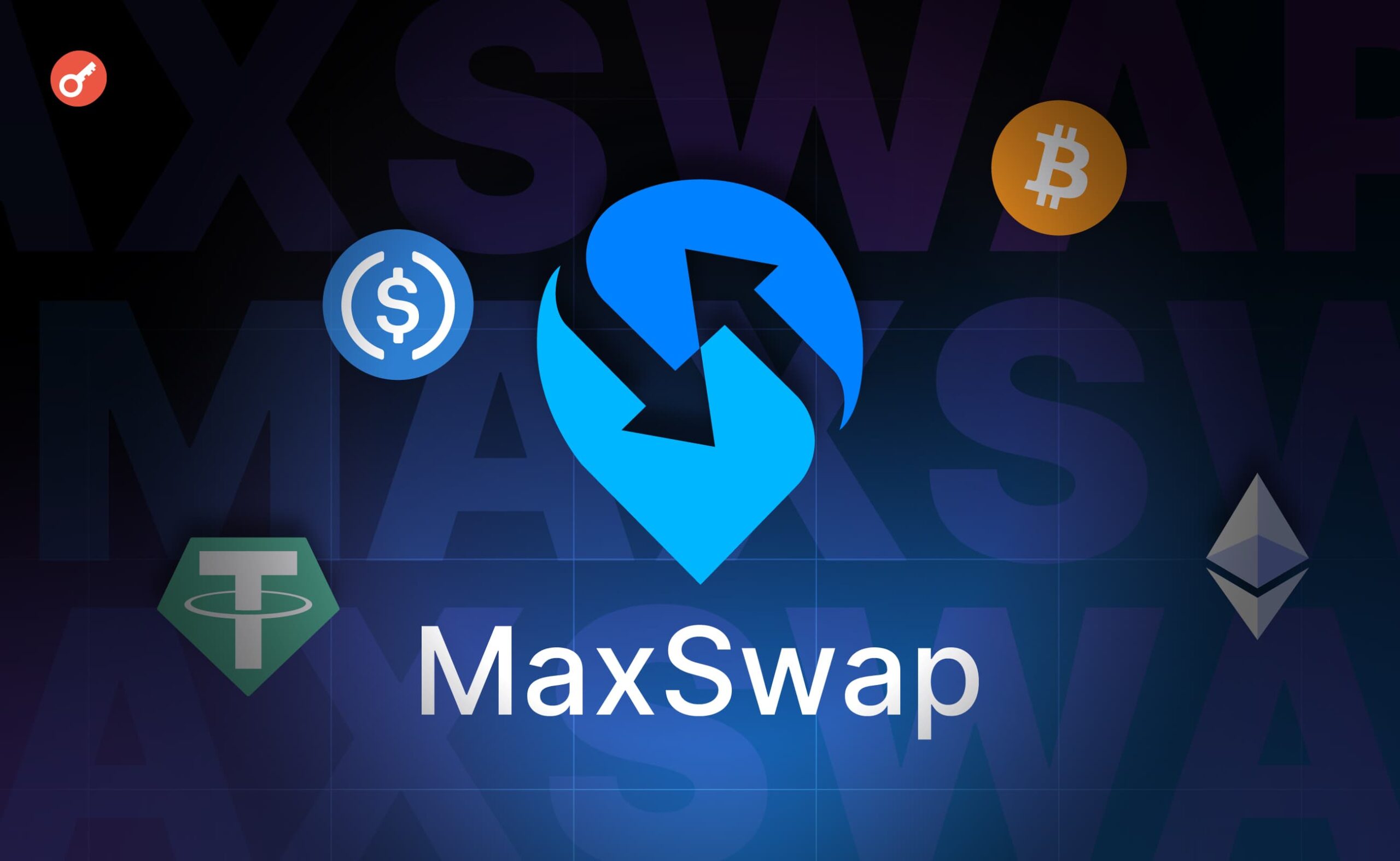Stablecoins have emerged as a cornerstone of the cryptocurrency ecosystem, offering a bridge between the volatile world of digital assets and the stability of traditional fiat currencies. They have revolutionized how we transact, invest, and interact with cryptocurrencies. But what exactly are stablecoins, and how do they work? In this comprehensive guide, we'll delve into the world of stablecoins, exploring their different types, benefits, risks, and how to use them effectively on platforms like MaxSwap.
What are Stablecoins?
Stablecoins are cryptocurrencies designed to maintain a stable value, usually pegged to a fiat currency like the US dollar, euro, or other assets like gold. Their primary goal is to mitigate the price volatility that plagues many cryptocurrencies, making them suitable for everyday transactions, remittances, and as a store of value.
Types of Stablecoins
Stablecoins come in various forms, each with its unique mechanism for maintaining price stability:
- Fiat-Collateralized Stablecoins: These are backed by a reserve of fiat currency, held in a bank account or other financial institution. The most well-known examples are Tether (USDT) and USD Coin (USDC).
- Crypto-Collateralized Stablecoins: These are backed by other cryptocurrencies as collateral. They often use over-collateralization to maintain stability, meaning the value of the collateral exceeds the value of the stablecoin issued. MakerDAO's Dai (DAI) is a prominent example.
- Algorithmic Stablecoins: These rely on algorithms and smart contracts to maintain price stability. They don't have any physical collateral but use mechanisms like seigniorage and rebasing to adjust supply and demand.
- Commodity-Backed Stablecoins: These are backed by commodities like gold or silver, offering an alternative to fiat-backed stablecoins.
Benefits of Stablecoins
Stablecoins offer several advantages for crypto users:
- Price Stability: The primary benefit is their ability to maintain a stable value, making them suitable for everyday transactions and reducing the risk of price fluctuations.
- Fast and Cheap Transactions: Stablecoin transactions are often faster and cheaper than traditional bank transfers, especially for cross-border payments.
- Accessibility: Stablecoins can be easily accessed and traded on various cryptocurrency exchanges and platforms, including MaxSwap.
- Integration with DeFi: Stablecoins play a crucial role in decentralized finance (DeFi) protocols, serving as collateral for loans, liquidity for trading pairs, and a medium of exchange.
Risks of Stablecoins
While stablecoins offer many benefits, they are not without risks:
- Counterparty Risk: Fiat-collateralized stablecoins rely on the issuer's ability to maintain adequate reserves. If the issuer fails to do so, the stablecoin could lose its peg.
- Regulatory Risk: The regulatory landscape for stablecoins is still evolving, and future regulations could impact their use and availability.
- Smart Contract Risk: Algorithmic stablecoins rely on complex smart contracts, which can be vulnerable to bugs or exploits.
How to Use Stablecoins on MaxSwap
MaxSwap provides a seamless experience for trading and using stablecoins. You can:
- Deposit: Easily deposit your stablecoins into your MaxSwap wallet.
- Trade: Trade stablecoins with other cryptocurrencies or use them as a base currency for trading pairs.
- Participate in Yield Farming: Provide liquidity to stablecoin pools and earn rewards.
- Use as Collateral: Use stablecoins as collateral for loans in DeFi protocols.
Conclusion
Stablecoins have become an integral part of the cryptocurrency ecosystem, offering stability, accessibility, and various use cases. As the market continues to mature, stablecoins will likely play an even more significant role in the adoption and mainstream use of cryptocurrencies. By understanding the different types of stablecoins and their associated risks, you can make informed decisions and leverage their benefits to enhance your crypto experience.
Remember: Always do your research and choose reputable stablecoins with transparent reserves and strong security measures.
Ready to Explore Stablecoins?



